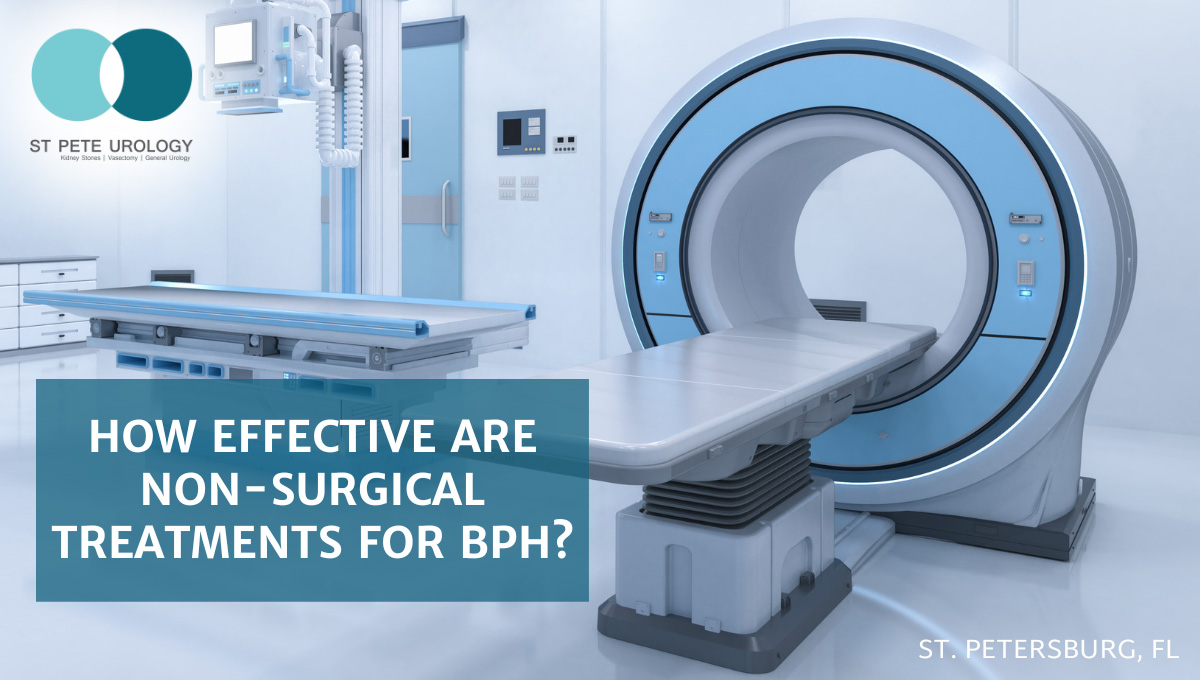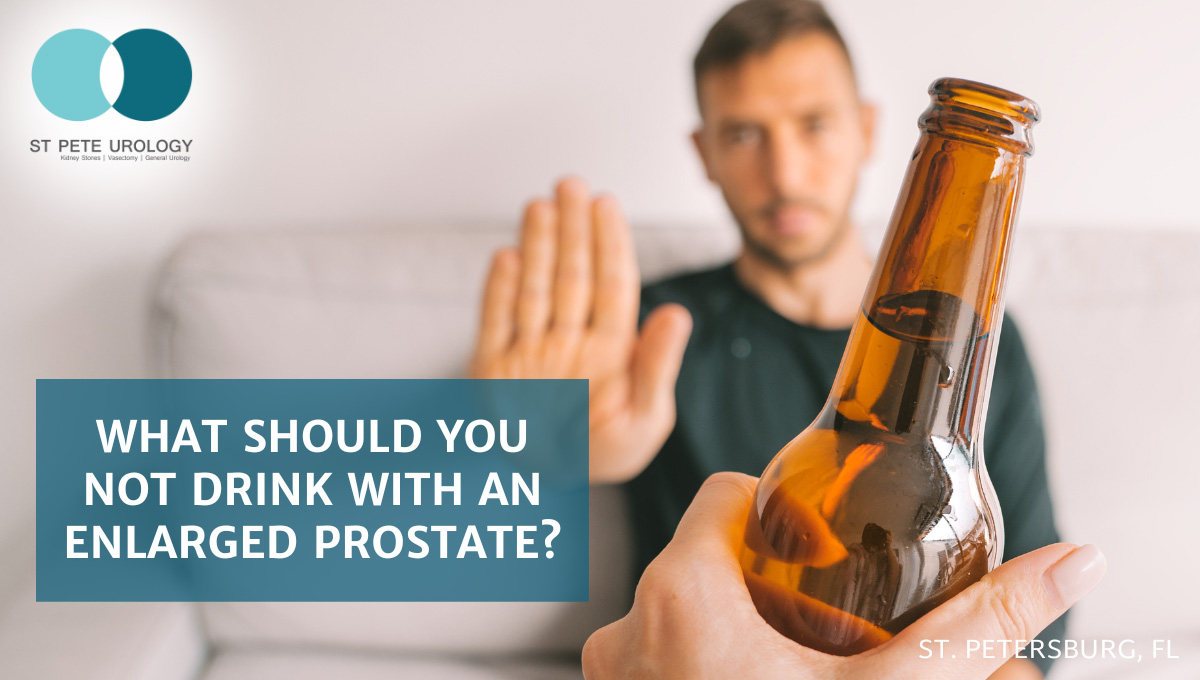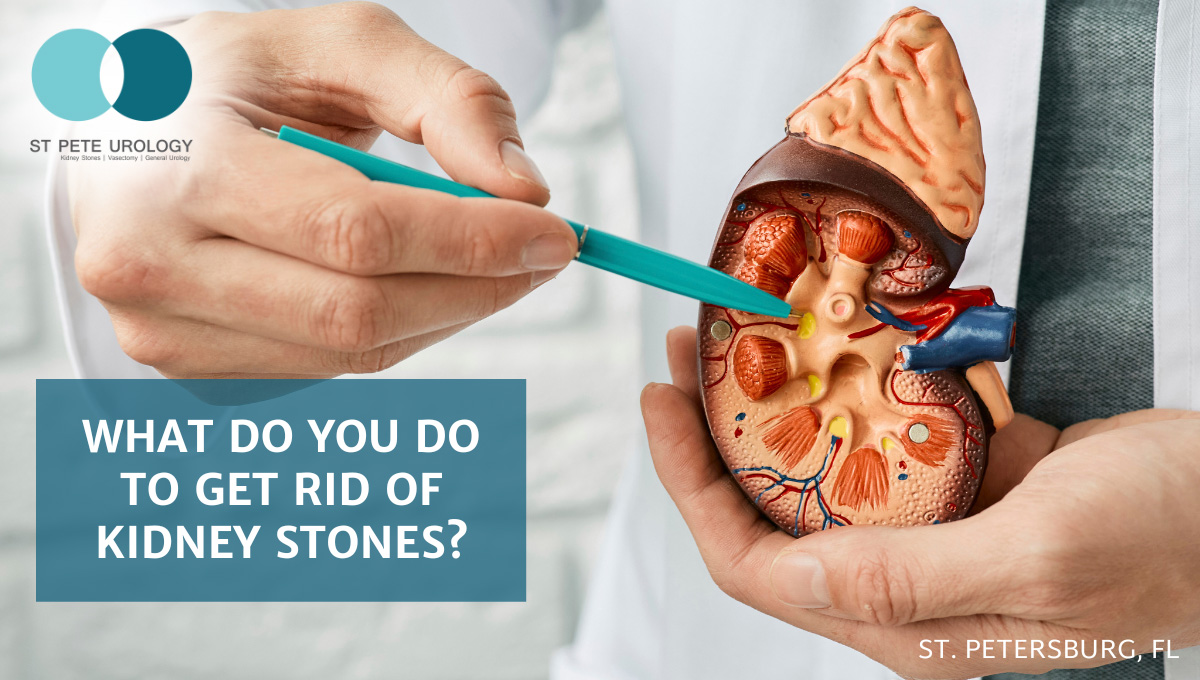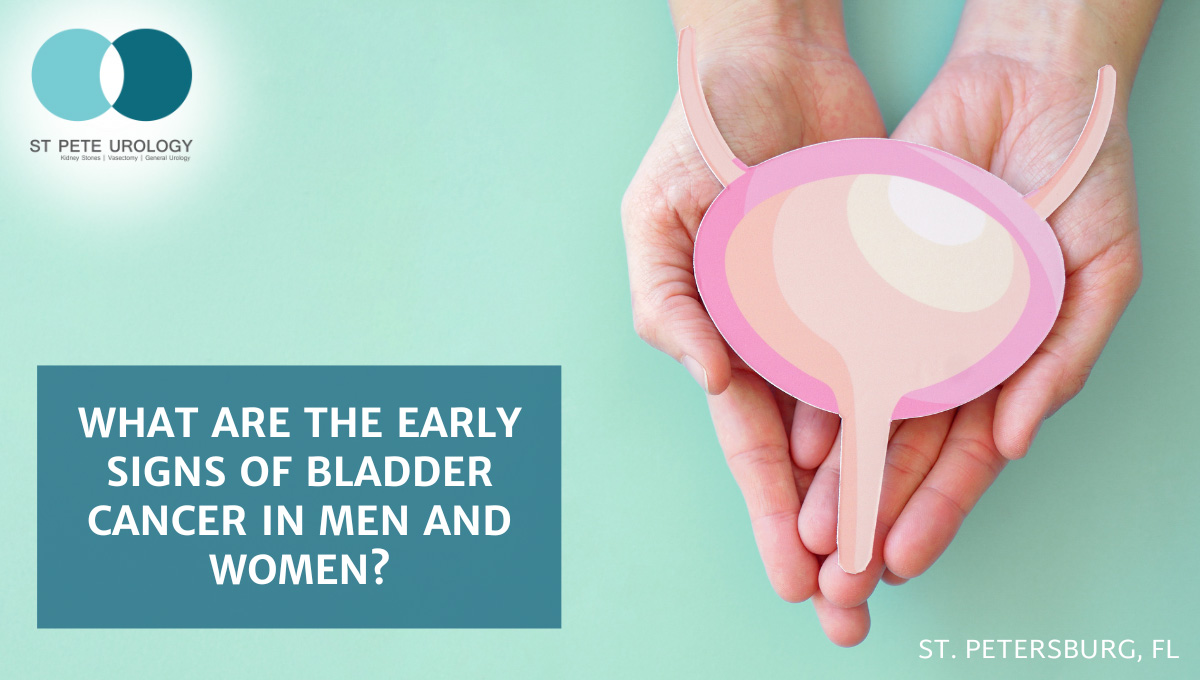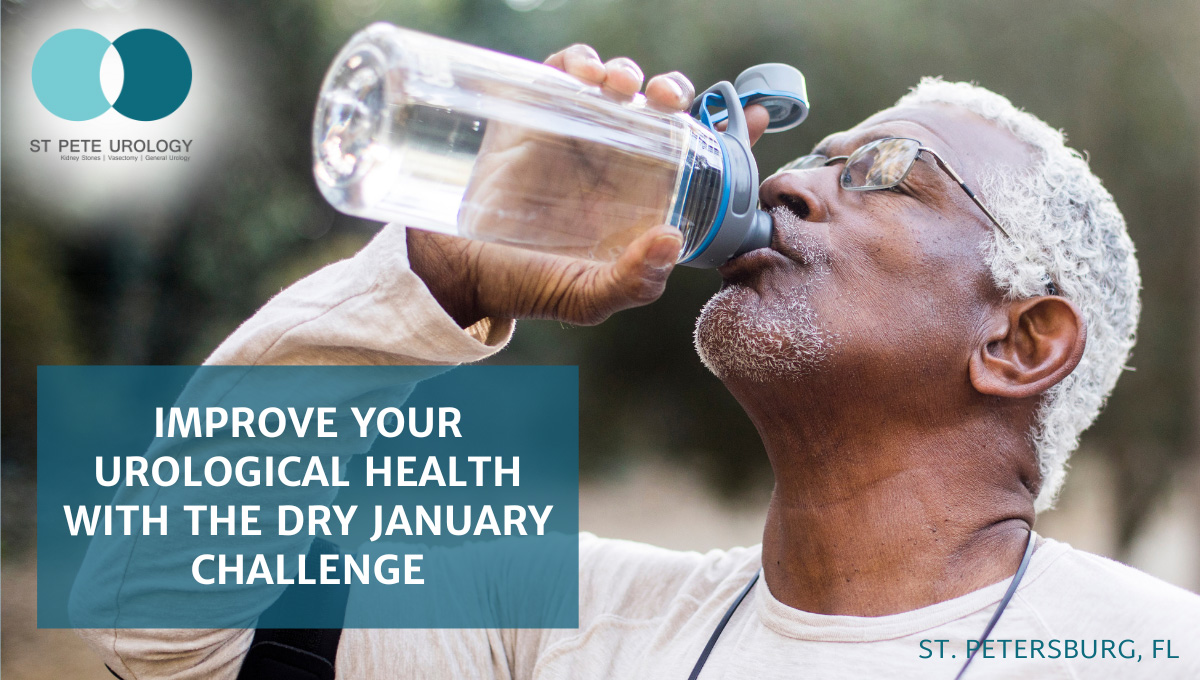How effective are non-surgical treatments for BPH? Understanding these treatments is a complex one, so find out more with St. Pete Urology.
Continue readingHow Does Age Affect Female Urological Health?
Some women might be surprised to learn how age can impact their urological health, which includes the kidneys, bladder, and urethra.
Continue reading9 Tips to Maintain a Healthy Urinary System?
Given its critical role in keeping our bodies clean, balanced, and functioning correctly, maintaining a healthy urinary system should be a top priority.
Continue readingWhat Happens If Overactive Bladder Is Left Untreated?
Left untreated, overactive bladder can wreak havoc on daily life. Interrupted sleep, stress and anxiety are some of the effects of OAB.
Continue readingWhat should you not drink with an enlarged prostate?
Avoiding alcohol and certain lifestyle choices are necessary when living with BPH. Learn what you should not drink with an enlarged prostate.
Continue readingWhat Do You Do to Get Rid of Kidney Stones?
What do you do to get rid of kidney stones? Explore comprehensive kidney stone treatment and prevention strategies at St. Pete Urology.
Continue readingWhat Are the Early Signs of Bladder Cancer in Men and Women?
Recognizing early signs of bladder cancer is crucial. Learn symptoms, risk factors, and the importance of early diagnosis for better health.
Continue readingImprove Your Urological Health with the Dry January Challenge
Heavy drinking during the holidays? Elevate your urological health now and join the Dry January Challenge for a healthier, revitalized you!
Continue readingUnderstanding and Managing Urinary Tract Infections in the Elderly
Effectively managing urinary tract infections in the elderly is crucial for their well-being. Learn more about UTIs here at St Pete Urology.
Continue readingWhat Are Common Urological Issues Faced by Women?
Explore common issues and solutions for common urological issues faced by women. St Pete Urology offers expert care for women’s urinary health.
Continue reading
